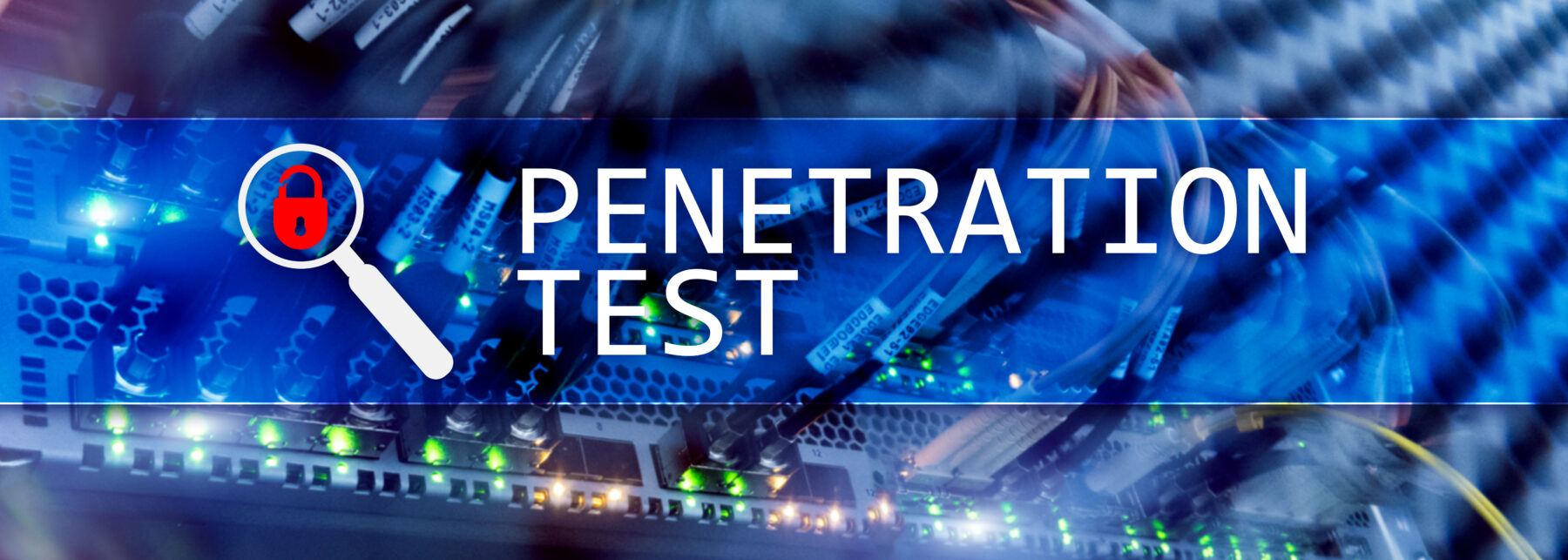Byline: Ted Hulsy, CRO, Snap Tech IT
Penetration Testing 101
As a business leader, you’re familiar with the importance of understanding your organization’s cybersecurity posture and business risks. When it comes to risk management, one of the most effective ways to identify vulnerabilities is by conducting a penetration test or “pen-test.”
Penetration testing goes beyond traditional vulnerability assessments because it simulates an attack from an outsider looking for potential exploits across all points in your system. That’s why understanding penetration testing is key for business leaders.
In this blog, we will define penetration testing and explore its application in different environments, how it differs from other forms of assessment and most importantly—how you can use pen-tests to make sure that your security holds up against malicious attacks.

Introduction to Penetration Testing and Vulnerability Assessments
Cyber-attacks are becoming increasingly common, and businesses are struggling to keep up with the evolving tactics of attackers. One effective solution to combat these breaches is through penetration testing and vulnerability assessments. These two practices are essential in identifying weaknesses in a company’s security system and determining how likely it is that a cyber-attack can occur.
Simply put, a penetration test involves the use of a simulated attack to expose potential vulnerabilities in a system, while a vulnerability assessment involves a more comprehensive analysis of all systems and processes to identify potential weaknesses. Penetration testing, also known as ethical hacking or security testing, is a systematic process of assessing the security posture of an organization’s digital infrastructure, applications, and networks. It involves simulated attacks and exploitation techniques to identify vulnerabilities that could be used by malicious actors.
The primary objective of penetration testing is to evaluate the effectiveness of an organization’s security controls and identify potential weaknesses before real attackers can exploit them. By conducting controlled and authorized attacks, penetration testers can uncover vulnerabilities and provide actionable recommendations to mitigate these risks.
Once vulnerabilities are identified, the tester attempts to manipulate them, mimicking the techniques that real attackers might use. This can involve gaining unauthorized access to systems, escalating privileges, or exfiltrating sensitive data. The objective is to determine the extent to which an attacker could compromise the organization’s assets.
After successful exploitation, the tester provides a detailed report that includes a description of vulnerabilities discovered, the potential impact they could have, and recommendations for remediation. This report helps organizations prioritize and address the identified weaknesses, enhancing their overall security posture.
Penetration testing plays a crucial role in proactively securing systems and preventing potential breaches. By simulating real-world attacks, organizations can identify and address vulnerabilities before they are exploited by malicious actors, thereby minimizing the risk of data breaches, financial losses, and reputational damage. Regularly conducting penetration tests is an essential part of a comprehensive security strategy, ensuring ongoing protection against emerging threats.
Pen-testing is one kind of vulnerability assessment or may be a component of a larger, overall vulnerability assessment program. Pen-tests can be a large investment, because they are labor intensive and require highly skilled ethical hackers. In our experience however, they are always worth it since they reveal real-world vulnerabilities and gaps that can be leveraged by threat actors.
Understanding the Importance of Vulnerability Assessments
Vulnerability assessments have become an increasingly important aspect of maintaining robust security measures. By identifying security weaknesses and vulnerabilities before malicious attackers do, organizations can take a proactive approach to security and potentially save themselves from significant losses.
Additionally, many compliance and regulatory requirements necessitate these assessments, making them a crucial component of risk management for businesses of all sizes. To effectively prioritize security efforts and allocate resources, it is essential to understand the importance of vulnerability assessments and their role in ensuring the long-term security of an organization.

Benefits of Regular Vulnerability Assessments
Regular vulnerability assessments are a crucial part of maintaining a company’s security. By identifying potential risks early on, companies can take action to reduce the likelihood and severity of a security breach. This benefits both the company and its clients, as sensitive data and intellectual property are kept safe and secure. Regular assessments allow companies to enhance their overall security posture, ensuring they stay ahead of constantly evolving threats.
While it may seem like an additional expense, investing in regular assessments can lead to long-term cost savings by avoiding the potentially devastating consequences of a data breach. By taking a practical approach to security, companies can protect themselves from threats and ensure their continued success.
Key Steps in Conducting a Vulnerability Assessment
Conducting an effective assessment requires more than just running a standard scan. You need to take a methodical approach, which includes:
- Scoping and goal setting
- Gathering information and reconnaissance
- Vulnerability scanning and analysis
- Exploitation and penetration testing
- Reporting and remediation
By taking these key steps, you can identify vulnerabilities and work towards creating a safer environment for your business and employees.
Types of Vulnerability Assessments
There are several types of vulnerability assessments to choose from, including:
- Network vulnerability assessments
- Web application assessments
- Wireless network assessments
- Social engineering assessments
Network vulnerability assessments are performed to identify weaknesses in the network infrastructure, while web application assessments focus on detecting potential vulnerabilities in web-based applications.
On the other hand, wireless network assessments help identify vulnerabilities in wireless networks and devices, whereas social engineering assessments simulate targeted attacks to identify potential vulnerabilities in human behavior. Choosing the right type of assessment depends on your organization’s needs, but all types of vulnerability assessments are crucial to safeguard your business against potential threats.
In conclusion, penetration testing is often a key element in an overall vulnerability assessment program. Pen-tests commonly give the ethical hacker broad authority in planning and executing their attacks, since the overall goal is to simulate the process threat actors follow to find and exploit vulnerabilities in real life. Organizations that proactively invest in vulnerability assessments and pen-tests will be best positioned to stay step ahead of the cyber criminals and threat actors.
